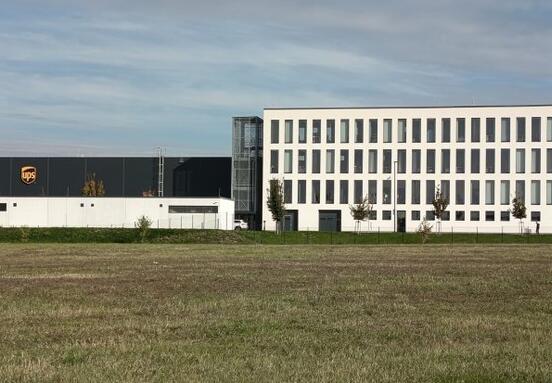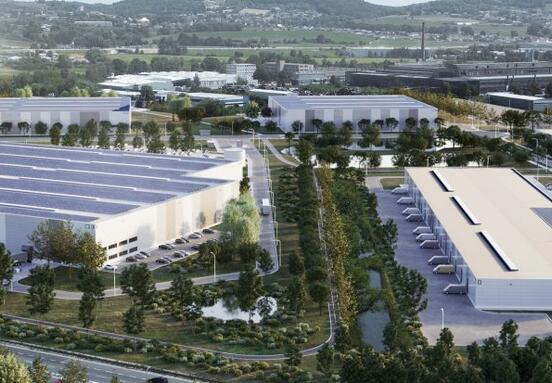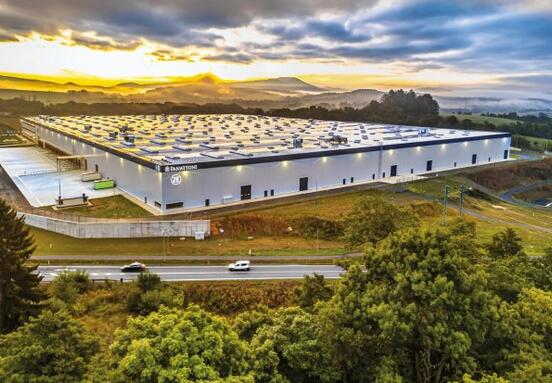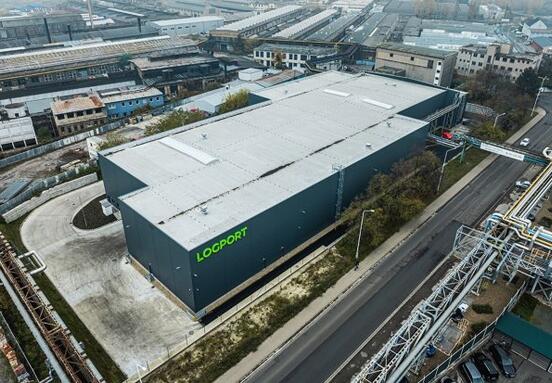The first quarter of this year was marked by a slowdown in the industrial real estate market. Gross realized demand reached the lowest level in 13 years and amounted to only 160,400 m2. The number of completed rental transactions, their average size, and even the size of the largest completed transactions fell well below the averages that the market is used to in recent years. Even net realized demand, which has shown strong values in recent years, has seen a decline. In total, it reached 100,000 m2 in Q1 2024. Demand was dominated by renegotiations (36%) followed by pre-leases (31%). Manufacturing companies accounted for almost 50% of the net realized demand.
The industrial real estate market will reach 12 million m2 this year
Market growth also had a slower pace than in previous years. A total of 148,100 m2 of new space was added and the total size at the end of March was 11,871,300 m2. Another approximately 300,000 m2 of space is currently in a shell & core state and awaits completion as soon as a tenant is found for the space. "Spaces prepared in this way can be ready for tenants in a significantly shorter time frame than buildings for which construction would have to be started from scratch. A non-negligible part of these spaces could also influence the number of newly delivered buildings to the market, which will certainly exceed the 12 million m2 mark this year," explains Josefina Kurfürstová, an analyst from Colliers, adding that 1,282,100 m2 are currently under construction. At the same time, the share of speculative construction currently amounts to 46% of all projects under construction. For example, in the Pilsen region, the share of speculative construction was up to 92%. In Prague, the Moravian-Silesian and Ústí Regions, it was around 50% (60% in the Ústí Region).
The vacancy rate is significantly lower than in neighboring countries
The vacancy rate increased slightly again during the 1st quarter of 2024 and is holding just above the 2% mark. More and more sublease options are starting to appear above the currently vacant spaces, which are not counted in the official vacancy rate. In addition, there are also a number of shell & core projects on the market that developers started to build speculatively, but have not yet been put on the market. "If all these spaces were included in the vacancy rate, it would rise to 5% and approach the values in other countries in the region," says Josefina Kurfürstová, adding that the shell & core strategy is particularly widespread in the Czech market. In neighboring Poland or Slovakia, all speculative projects are usually put on the market immediately after completion, and therefore the vacancy rate there grows much steeper than here.
Rents and Forecast - Will Current Market Conditions Depress Rents?
Rents for the most sought-after premises on the market stabilized at the level of 7.50-7.70 euros/month/m2 in the 1st quarter of 2024, but due to strong competition from neighboring countries and low demand, they can be expected to drop by 3- 7% on values just above 7 euros. "Rents for the most sought-after spaces in Prague now continue to be higher than, for example, in Vienna, and in the regions higher than in Poland or Slovakia. As long as the rents do not fall, manufacturing and logistics companies will probably not be bursting with rental activity," comments Josefína Kurfürstová, adding that rents for office buildings range between 9.50-12.50 euros/month/m2 and service fees are usually 0.75 -1.00 euros/month/m2
Our market is currently most threatened by competitor Poland, which offers approximately 30% lower rents and a comparable transport infrastructure than the Czech Republic, especially in the regions neighboring Germany. For example, the rent in Liberec is 2.20 euros/month/m2 more than in the Polish border districts, 1.30 euros/month/m2 more in Ústí nad Labem and 1.20 euros/month/m2 in Ostrava.







